Hybrid LM
Low modulus of elasticity sealant, based on hybrid polymers, for façades and windows.
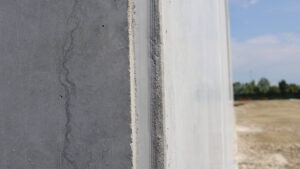

Variations
Application areas
Discover more
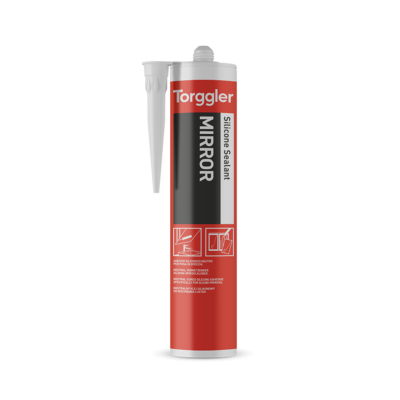
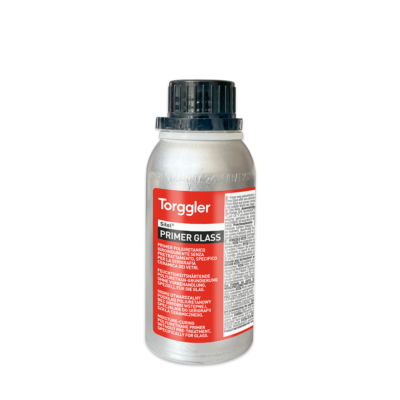
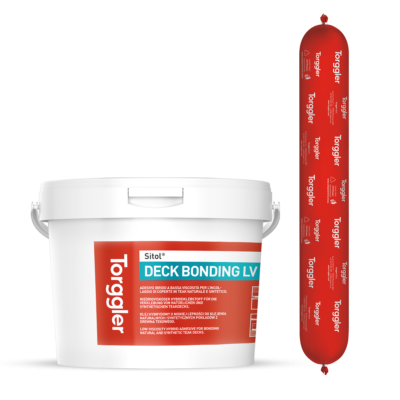
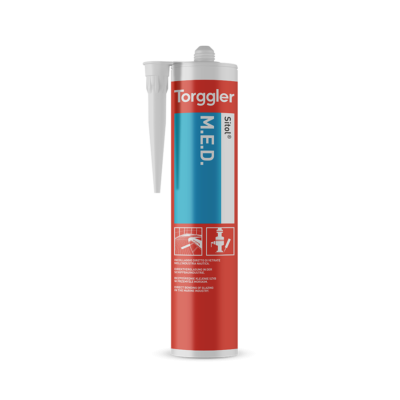
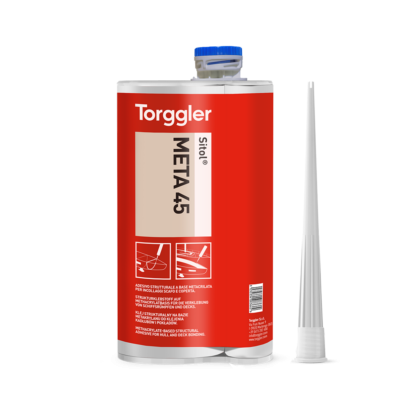
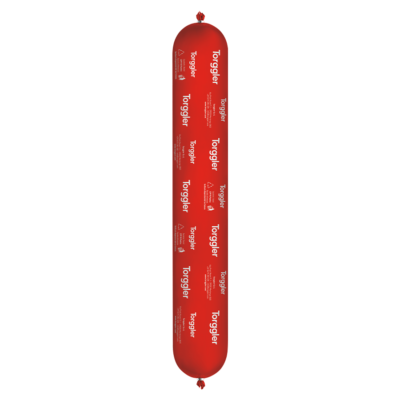
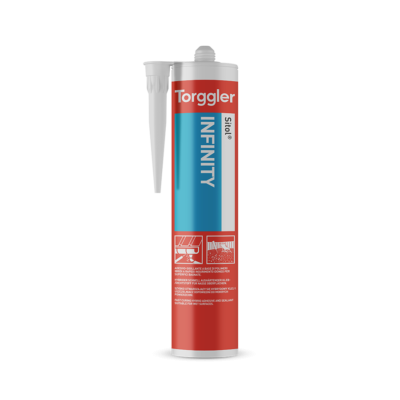
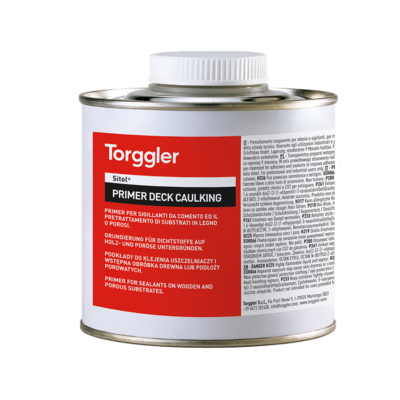
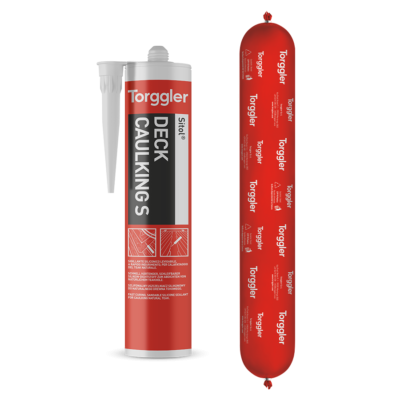
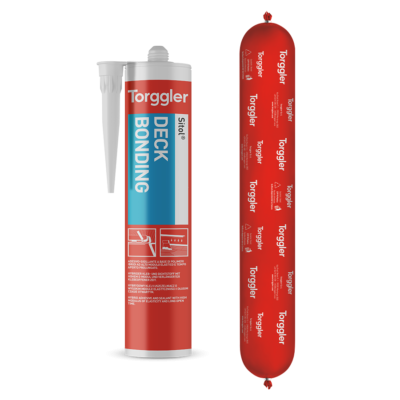
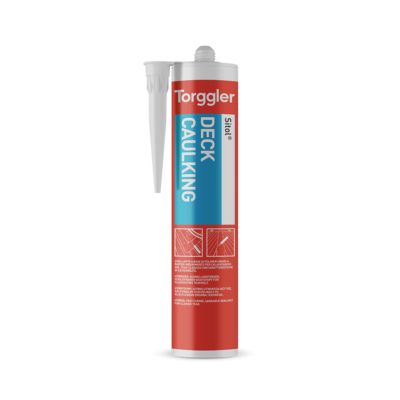
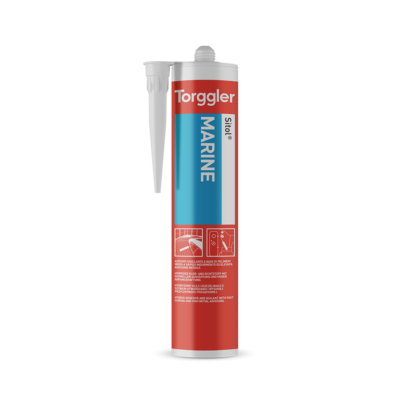
Hybrid LM is a hybrid polymer-based sealant with low modulus of elasticity, good UV and weather resistance, ideal for use inwindow/door frames and in prefabrication. Thanks to the neutral cross-linking, it does not develop unpleasant odours during application, does not release acid or basic substances that may corrode metal substrates and does not affect paints. It has excellent adhesion both on porous (masonry, concrete, plaster, wood) and non-porous (metal, plastic, enamelled and porcelain surfaces) substrates, even wet surfaces provided they are clean and consistent. After hardening it is overpaintable: in any case, it is recommended to perform preliminary tests with the chosen paints. Hybrid LM is classified according to UNI EN 15651-1 as a non-structural sealant for façades F EXT/INT-CC. It complies with UNI 11673-1, “Installation of windows and doors – Part 1: Requirements and verification criteria of design”.
Tools cleaning
Clean tools in the plastic status of the sealant using solvents; after hardening only clean mechanically.
Hybrid LM must be stored in a dry and cool environment. Under these conditions, storage stability is at least 18 months. Cartridges that are not completely used can be stored for about 3 months if closed tightly.
Hybrid LM is not suitable for structural bonding.
| Color | Code | Packaging | Packaging size | Pallet | Barcode |
|---|---|---|---|---|---|
| White 9016 | 5490 | cartridge | 12x290 ml |
104 cardboards
|
|
| Grey 7004 | 5491 | cartridge | 12x290 ml |
104 cardboards
|
|
| Hazel 8007 | 5499 | cartridge | 12x290 ml |
104 cardboards
|
|
| Black 9005 | 5498 | cartridge | 12x290 ml |
104 cardboards
|
|
| White 9016 | 5507 * | foil bag | 20x400 ml |
72 cardboards
|
|
| Grey 7004 | 5508 * | foil bag | 20x400 ml |
72 cardboards
|
|
| White 9016 | 5509 * | foil bag | 20x600 ml |
36 cardboards
|
|
| Grey 7004 | 5510 * | foil bag | 20x600 ml |
36 cardboards
|
Hybrid LM is ideal for sealing the connection joints between the window frame and the masonry work (in brick, concrete, plaster), as well as for making horizontal and vertical expansion joints when installing prefabricated concrete panels. Also suitable for marble or natural stone substrates. Its characteristics are suitable to allow the sealings to absorb the movements transmitted to the building by atmospheric, vibrational and mechanical stresses. Hybrid LM elastically connects the sides of the joint, absorbing, without detachment, the movement of the adjacent construction elements, originating from differential thermo-hygrometric expansion or settlement. It therefore guarantees a perfect seal over time to water and air, reducing heat loss. Paintability after hardening ensures that the façades have a uniform, uninterrupted final appearance.
| PARAMETER AND TEST METHOD | VALUE |
| Base | MS Polymer |
| Density (UNI EN ISO 1183-1) | 1,48 g/ml |
| Application temperature | from +5 °C to +40 °C |
| Surface cross-linking time (MIT 33*) | 30 minutes |
| Extrusion speed (MIT 30*) | approx. 84 g |
| Hardening speed from outside to inside 23 °C (MIT 32*) | 2 mm in 24 h |
| Operating temperature | from -40 °C to +90 °C |
| Surface hardness (EN ISO 868) | Shore A max = 30 / 15” = 15 |
| Mass variation (MIT 57) | 1,3 % |
| Volume variation (MIT 57) | 1,5 % |
| Tensile strength at break (DIN 53504 – S3A) | 0,6 MPa |
| 100 % modulus of elasticity (DIN 53504 – S3A) | 0,39 MPa |
| Tensile strength (ISO 8339/A – concrete) | 280 % |
| Tensile strength at break (ISO 8339/A – concrete) | 0,4 MPa |
| 100 % modulus of elasticity (ISO 8339/A – concrete) | 0,27 MPa |
| Tear resistance (UNI ISO 34-1/B) | 4,6 N/mm2 |
| Elastic recovery (EN ISO 7389/B – G/Al/concrete) | 88 % |
| Maximum operating elongation (ISO 11600) | 25 % |
| Resistance to acids | excellent |
| Resistance to bases | excellent |
| Odour after cross-linking | not present |
* Torggler’s Internal Methods (MIT) are available on request.
| CONSUMPTION GUIDE TABLE | ||
| JOINT (WIDTH X DEPTH) MM | QUANTITY USED PER LINEAR METRE | LINEAR METRES COVERED PER CARTRIDGE |
| 6×6 | 36 ml | 8,1 |
| 8×8 | 64 ml | 4,5 |
| 10×10 | 100 ml | 2,9 |
| 15×10 | 150 ml | 1,9 |
| 20×10 | 200 ml | 1,4 |
Contact our team for personalized support and product guidance.